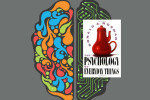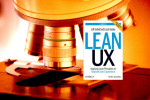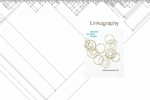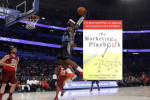Design thinking as competitive advantage
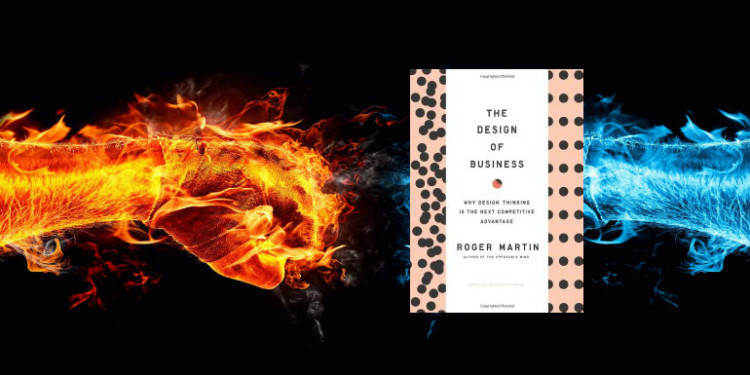
Business people are trained primarily in analytic thinking for the purpose of understanding past events in order to create reliable future results. Design thinking blends analytic and intuitive thinking.
The Design of Business: Why Design Thinking is the Next Competitive Advantage by Roger Martin
The book brings the traditional analytic mindset and its associated reliability bias into contrast with intuitive thinking’s creative orientation. The balance of these opposites is design thinking. Martin believes that business people need to adopt a designer’s stance towards user experience, business models, and the creation of value.
Design Thinking
Design thinking combines analytic thinking with intuitive thinking to create innovative solutions and long lived value. Martin defines design thinking as abductive logic, which “posits what could be true”. This is distinguished from deductive (moving from general to specific) and inductive (moving from specific to general) logic types which are used in analytical thinking. Abductive logic also operates in the realm of paradox and instances where data is found which does not fit into existing models. Abductive logic is based on inference from the best available explanation and can proceed iteratively and experimentally to the next stage of understanding. Both analytical and intuitive thinking have limitations which are transcended by design thinking, thus allowing a design thinking company to achieve competitive advantage over those enterprises that only use one or the other.
The Knowledge Funnel
A key concept in the book is the knowledge funnel–the process many human activities follow in which understanding moves from a state of mystery, through a heuristic, to an algorithm (ultimately encoded within a computer program). Businesses follow this path as they initially offer a product or service to the market and then begin to understand and optimize how the product or service can best be delivered. This dynamic is particularly important in a knowledge economy where the advancement of ideas frequently follows this pattern. Within this set of steps, a company may explore (move between stages) or exploit (refine their capabilities within a stage). As companies grow, they tend to settle into an administrative mindset and associated analytic thinking. Attraction towards heuristics and algorithms is a hallmark of reliability bias (data-driven conclusions and repeatable processes). Design thinking, on the other hand, values validity. Intuitive thinking can produce spectacular results, but success often reliant on individual leaders.
Prove it!” is the enemy of innovation
Reliability vs Validity
There are three root causes of the predisposition towards reliability (as opposed to validity):
- “the persistence of the past”; the notion that an idea has to be proved before it is implemented
- the belief that there can be data-based conclusions that are completely objective and untainted by any type of bias
- “the constraints of time”; the desire to create reliable, cost-effective systems which is rewarded by capital markets and corporate financial systems
As Martin notes, the path to the CEO’s office is “paved with reliability” and capital markets reward predictability and achievement of earnings numbers (which he suggests can be considered as a product in and of themselves). Because of this, reliability typically reigns supreme in most companies.
In this video, Martin describes how the creation of value in the knowledge economy entails finding new mysteries and turning them into heuristics and ultimately algorithms. Solving mysteries is a long and expensive process but will create a cost advantage once an algorithm is created. He point out the many businesses do not move on to the next mystery, choosing to remain in the heuristic or algorithm phase.
A bias towards analytical thinking is what keeps many organizations from reaching back up to the next mystery. The purpose of analytical thinking is to provide proof through induction or deduction. This approach places value on the past as the basis from which to exploit current knowledge. Analytical thinking wants data and facts to speak for themselves and to refine what is. Its goal is reliability and the production of consistent outcomes.
The polar opposite to analytical thinking is intuitive thinking which is knowing without reasoning and enables the exploration of new knowledge. Intuitive thinking “casts off the shackles of the past” and enables “the invention of what might be.” The goal of intuitive thinking is validity–outcomes that meet an objective. The problem with intuitive thinking in an organization is that it is difficult to get an organization to do anything based on intuitive thinking.
To resolve these opposites, Martin introduces design thinking, which balances both analytical and intuitive thinking through abductive reasoning. It respects both exploration and exploitation and enables the design of what should be. Design thinking integrates both past (analytical) and future (intuitive) to achieve both reliability and validity.
More on Design Thinking
From the Trenches: Musings from an MBA at an Innovation Firm


